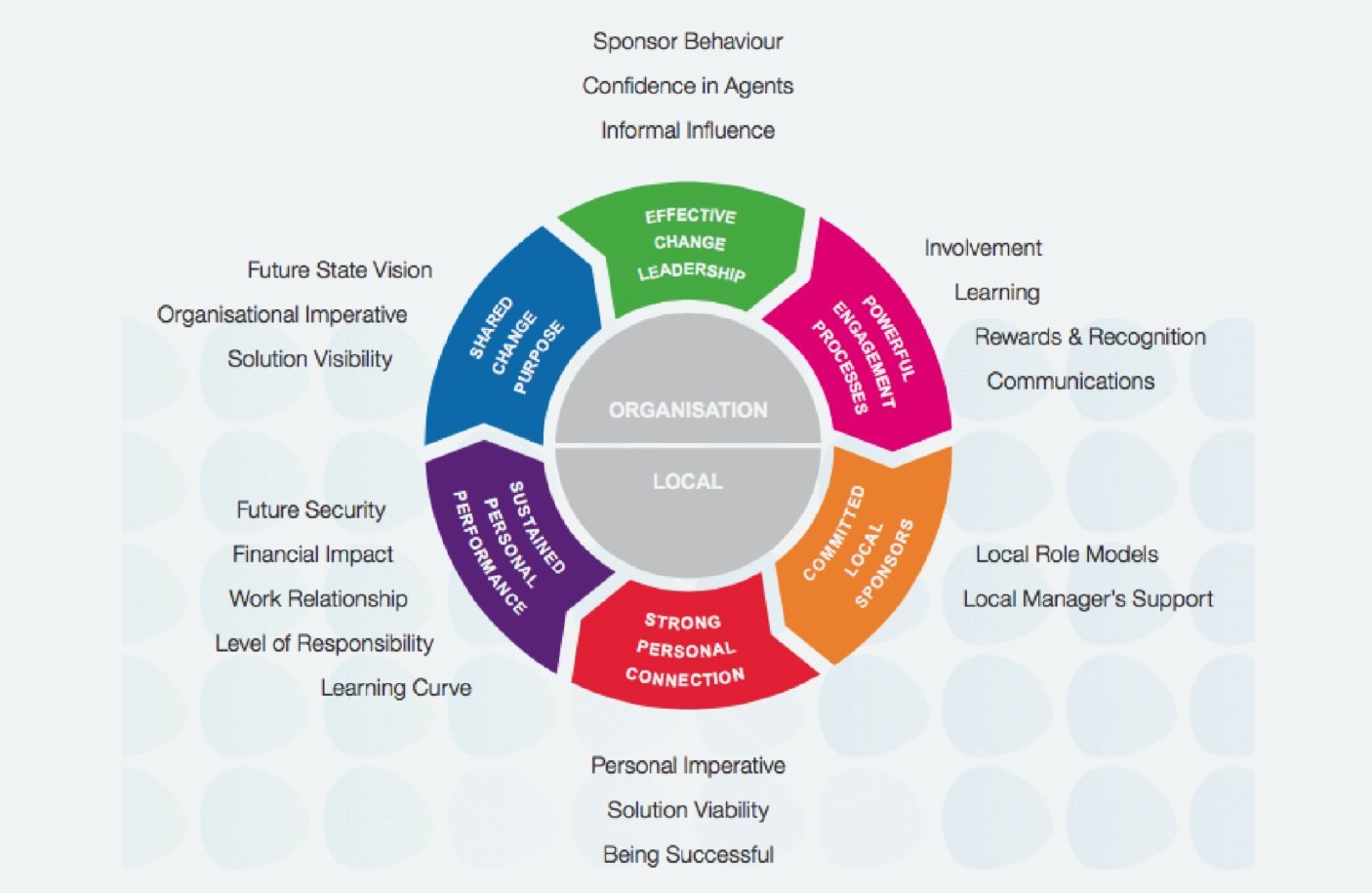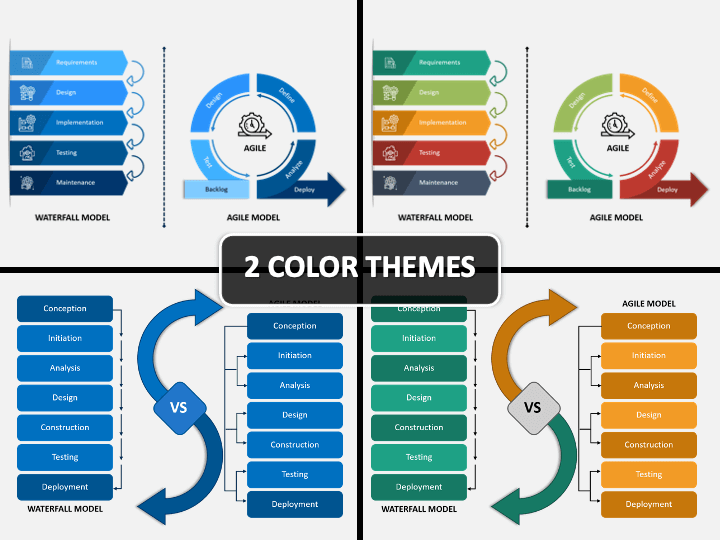4 Lewins change management model can be implemented in three ways. To date two basic approaches to change in theory and practice can be observed.
 Benefits Of A Flexible People Led Approach To Your Organizational Change
Benefits Of A Flexible People Led Approach To Your Organizational Change
Project-Specific Change Management.

Change management approach. And the focus of change. But I believe designers can. Change management is a structured approach to transitioning individuals teams and organizations from a current state to a desired future state.
Approaches to Change Management 54 the motivation for change. Changing the behaviour attitudes skills of the individuals working in the organization. By facilitating change instead of controlling it you are enabling agility and adaptability in any project.
This article outlines the AGS Change Model developed by AGS Founder Ogbe Airiodion. The first step in well-known change management models is often to create a sense of urgency Its safe to say that 2020 did that for us. The current definition of Change Management includes both organizational change management processes and individual change management models which together are used to manage the people side of change.
The purpose of every organizational change management initiative is to successfully implement strategies and methods for effecting change and helping people to accept and adapt to change. In this approach organizations pull together temporary change management teams to implement specific transformationssay the rollout of a new financial system. Unfreezing relocating and refreezing.
Change management is the process tools and techniques to manage the people-side of change to achieve a required business outcome. APM Body of Knowledge 7th edition. This usually requires providing tailored training and coaching directed at assisting them to use change management.
After the project is completed the teams disband and the individuals in them resume other roles. A Designers Approach To Change Management Change management is not the table at which you see a lot of designers. As the managers and front-line supervisors become enrolled in the change the change management team needs to support them to coach their staff as the change process progresses.
A Proven Change Approach to Managing Organizational Change When it comes to implementing a structured change management approach for the people side of change there are a wide range of methodologies and change strategies that can be applied. By understanding individual and organizational change and the tools you have to influence change you can accelerate change adoption in your organization. Change management is a systematic approach that includes dealing with the transition or transformation of organizational goals core values processes or technologies.
This approach is the first that can indeed be considered a Change Management Model. Change management approaches and tactics which have worked include. According to Branch 2002 p.
Change management is a structured approach to move an organisation from a current state to a future desired state. Engaging users and other stakeholders from the very beginning of a project by conducting research and inviting their feedback budgeting adequately for change management activities such as training and marketing. Changing the existing organizational structures systems and processes Changing the organizational climate culture and interpersonal style.
This helps any project become more agile especially as you focus on shrinking the timespan of customer-feedback loops. Taking an agile change management approach offers a few benefits. Declare your change vision.
Change control is a subset of overall change management and it is useful to not mix up the language. In 1948 social psychologist Kurt Lewin introduced a similar change approach also comprising of three phases. And The Harvard group also looked at the consultants role in change and at the types of change that is being researched.

